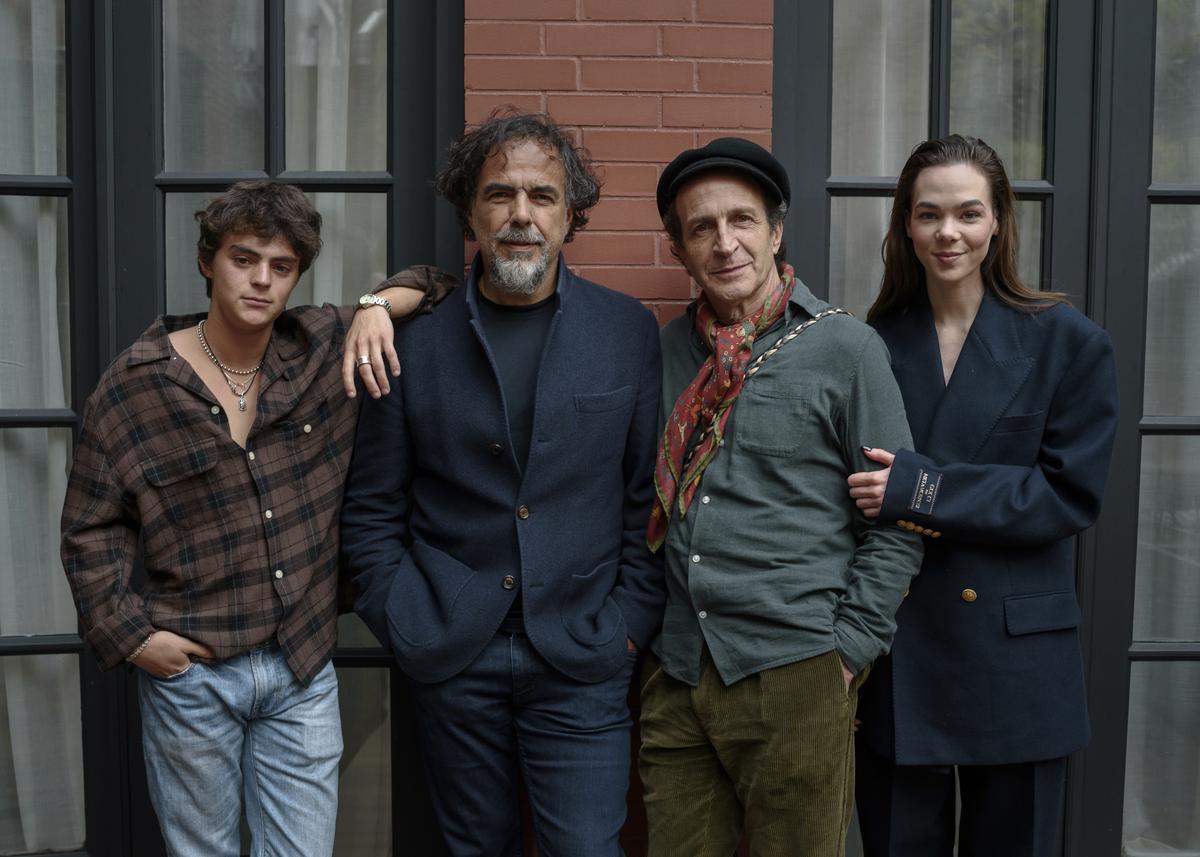
Alejandro G. Iñárritu returns with his most personal film in ‘Bardo’
The Hindu
‘Bardo, False Chronicle of a Handful of Truths’ is a surreal journey into the subconscious of a journalist and documentary filmmaker, Silverio (Daniel Giménez Cacho), who left Mexico City with his family some 20 years prior and found success in Los Angeles
In 2016, Alejandro G. Iñárritu found himself walking up to the Oscars stage to pick up the best director award for the second time in two years. “I can’t believe this is happening,” he said.
With his consecutive wins for “Birdman” and “The Revenant” he had become one of only three directors, the others are John Ford and Joseph L. Mankiewicz, to do so and the first since 1950. If there is a peak in the movie making business, that might be it. But then, Iñárritu disappeared — at least from Hollywood features. He had some things to wrestle with, about himself, his art, his family, his country. That six years of introspection would bring him back to Mexico to make his first feature set there since his debut, “Amores Perros,” from 2000.
“I needed to find a little bit of peace and order in things that were manifesting in me emotionally,” Iñárritu said in a recent interview with The Associated Press. “To shoot in Mexico was a consequence of the process that I went through. It was not the destination.”
The result, “Bardo, False Chronicle of a Handful of Truths,” is a surreal journey into the subconscious of a journalist and documentary filmmaker, Silverio (Daniel Giménez Cacho), who left Mexico City with his family some 20 years prior and found success in Los Angeles. As he tries to write a speech to accept a major honor in his adopted home country, he finds himself paralyzed by the weight of, well, everything, from Mexico's history to his anxieties about his art.
The title plays into various meanings of bardo, as both a limbo between death and rebirth, in Buddhism, and bard in Spanish, and the film is a sprawling, droll dreamscape of emotion, family, home, identity and mythmaking. It opens in theaters in limited release Friday before hitting Netflix on Dec. 16.
“This is a story without a story,” he said. “It’s a very different construction from anything that I have done.”
There are many parallels with Iñárritu’s life in Silverio's story. He also left Mexico 21 years ago and reached extraordinary heights in Los Angeles. In the film, a former colleague, one who stayed in Mexico, criticizes Silverio’s work and life and skewers the hubris of artists. It is as though Iñárritu is writing his own negative review about himself and it is just one of many dense scenes in which you can see the filmmaker dissecting himself.













